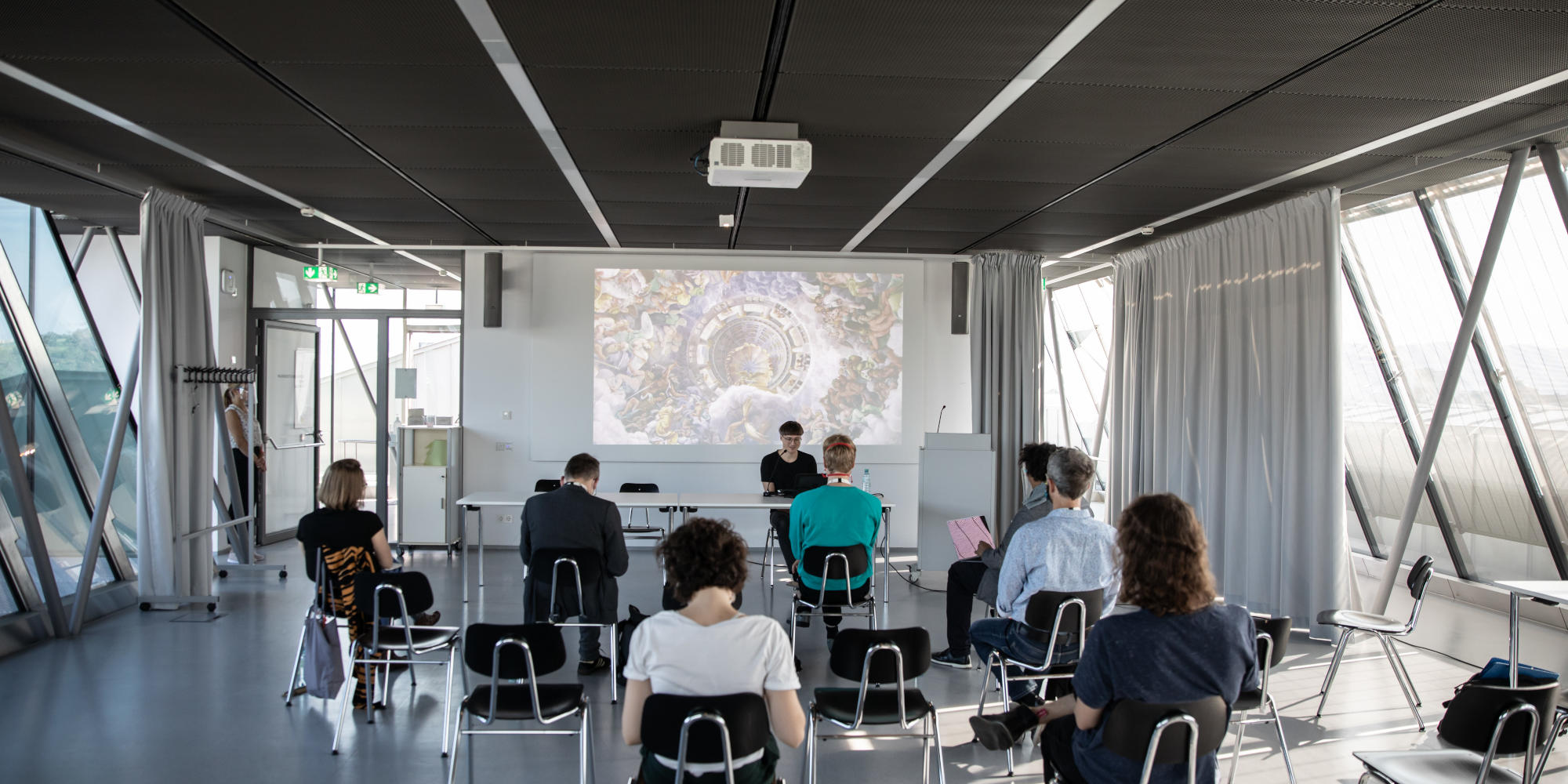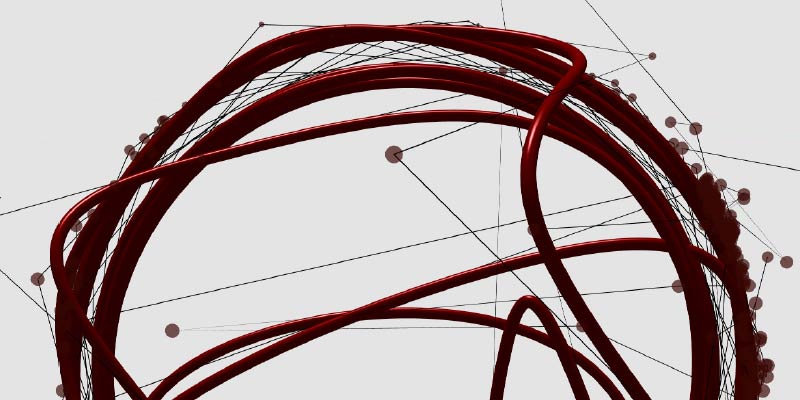From delinquent to influencer, the profile has had a surprising career. Hardly a day goes by without a new one. Some want to curate the traces of their data, to design their digital self like a star cut. They are touched all the more eerily when, through AI, their digital doubles awaken to a second life. Around 1978, a metaphor found its way into English android research that the roboticist Masahiro Mori had defined in 1970: the “uncanny valley”. Robots that resemble humans too much instill fear and terror. Like us, but never familiar, they inhabit the “uncanny valley.” But today, the uncanny valley has almost disappeared. Thanks to RFID chips, GPS and a wide variety of body sensors, our bodies and identities have themselves become interfaces, mouse pointers and prosthetic hands with which algorithms trace and continue to write our profiles. The valley that Mori dug out between the industrial robot and the Nō mask is now levelled. What remains is a suspicion: that the ghosts and the undead are not only the robots, but ourselves as well.
Fifty years after Mori, the symposium invites us to walk through the “uncanny valley” again. The focus is less on a human or machine resemblance, than on their doublings and repetitions: the uncanny friends. It is not the androids that seem uncanny to us, but the always-on interfaces, the Siris and Alexas who make contact with us, unasked and unnoticed, recording and doubling life until their expiration.



